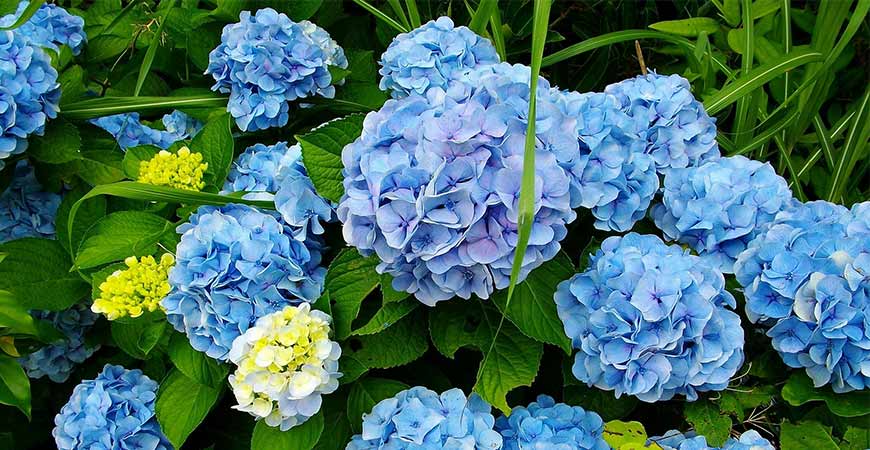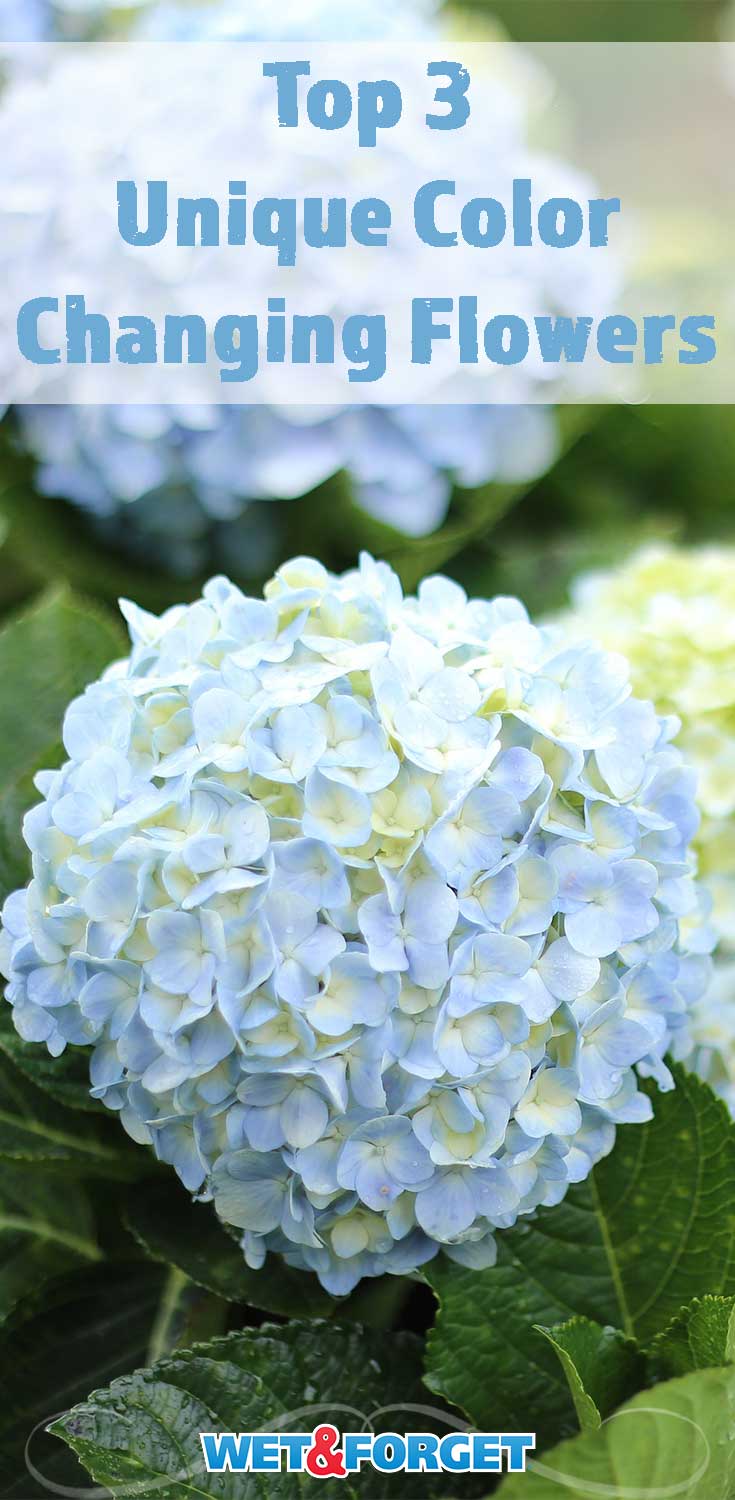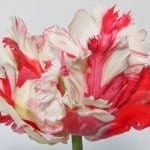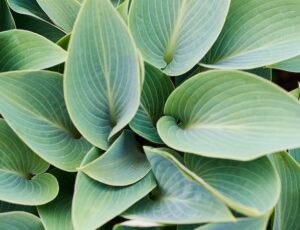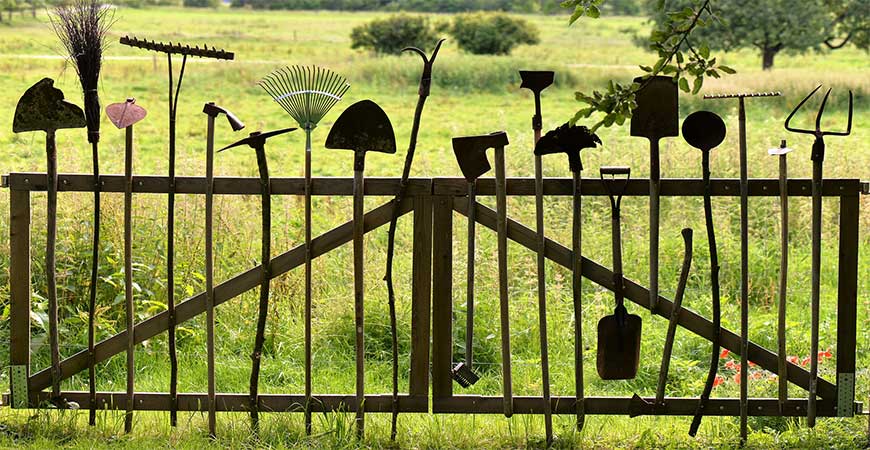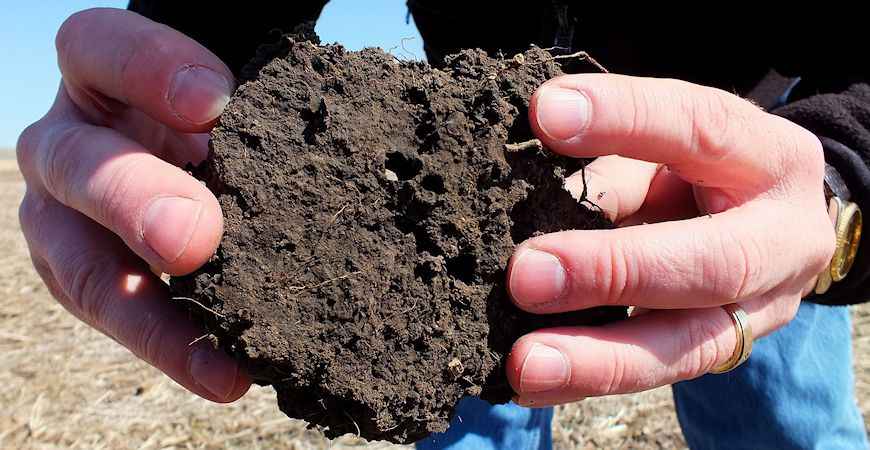
Color Changing Plants & Flowers to Add to Your Garden
Color changing plants and flowers can produce a beautiful display in any garden.
Some plants will naturally change color as they mature. Other flowers can experience changes in color due to growing conditions or genetic modifications.
Color Changing Flowers
Several flowers will naturally experience color changes. In flowers, color changes indicate to pollinators that the flower has matured past its pollination stage.
Weather can also be the reason flowers change colors. Hot temperatures and strong sunlight will fade flowers. Cool-weather can cause the colors to be more intense.
Some flowers, such as roses, can change color each year without reason. The same rose bush in your garden can yield red, orange, yellow, or pink flowers at different years.
For more detailed information about color-changing flowers, click here.
Color Changing Plants
We are all familiar with color changing plants and leaves moving with the seasons. Cells containing chlorophyll give leaves their green pigment. As the chlorophyll breaks down, the leaves lose their green coloring.
Trees shift to red, orange, and yellow hues with the new fall season. The range of colors comes from differing amounts of chlorophyll in the leaves. Maples, aspens, and oak trees are common trees that change color in the fall.
However, not all trees change. Evergreens, for example, keep their dark green coloring all year round. To learn more about why certain plants change colors, click here.
Genetic Modifications
Genes from one plant species can make color changes in another. The color of a flower is determined by its genes.
The color of a plant can also change if the cells are made to be more acidic or alkaline. When scientists change the pH level of plant cells, they can produce flowers in new colors. As you know, green comes from chlorophyll.
Flavonoids cause red pigments in plants, while carotenoids cause yellow and orange colors. To make new colors, you can change the pigment levels and color combinations in flowers. Think of how you can mix paints together to create a unique color; this technique is similar.
For more information about genetic modification, click here.
Hydrangea
Hydrangeas are the only plants that can be manipulated to change color while growing. You can change a flower’s color by altering its plant cells’ pH levels.
By changing the soil to be more acidic or alkaline, you can change the flower’s color. Hydrangeas are the only flowers that react to changes in soil conditions.
A hydrangea will appear blue in naturally highly acidic soil; the ideal pH level is between 5.0 and 5.5. To increase the acidity of your soil near the hydrangea, consider adding sulfur, aluminum sulfate, acidic peat, or acid-forming fertilizers like ammonium sulfate.
Stay away from fertilizers high in phosphorus, as they will have the opposite effect and increase the alkalinity of the soil. However, the soil needs to be more alkaline if you want a pink hydrangea. The best pH level for a pink hydrangea is from 6.5 to 7.0.
To increase the alkalinity of your soil, add limestone by digging it into the soil at the time of planting. To learn more about hydrangeas and why their color changes, like pink and blue, click here.
Tulips
Have you ever seen tulips with vibrant colors and patterns? In fact, viral infections cause these beautiful blooms. Tulips are introduced to specific viruses, and each one causes a unique reaction.
The tulips experience “color-breaking,” which is the source of the stunning stripes, speckles, feathering, and flame-like effects we see. Commercial tulip gardeners purposely bring in certain viruses to create different designs.
Farmers have even created a group of tulips that change colors as they mature. Plant these tulips in the fall and watch their drastic change in mid-spring.
The “World Expression” tulip is originally a soft yellow color with a light red base, but as it ages, the petals whiten, and the red becomes a deep crimson.
Carnation Experiment
For a fun experiment, change the color of your carnations with household items you already own. This project is especially great for children because it is an easy way to teach them more about plants.
This experiment shows where the water goes when you water a plant and how vital stem functions are to plant growth. As the carnation absorbs the colored water, you can visibly see how the water moves through the flower.
The white carnation petals will change color to match whatever the color of the water. To see the complete instructions and try this out at home, click here.
Stop by our website to learn more about our easy solutions to everyday problems, so you can spend less time cleaning and more time enjoying your garden!


